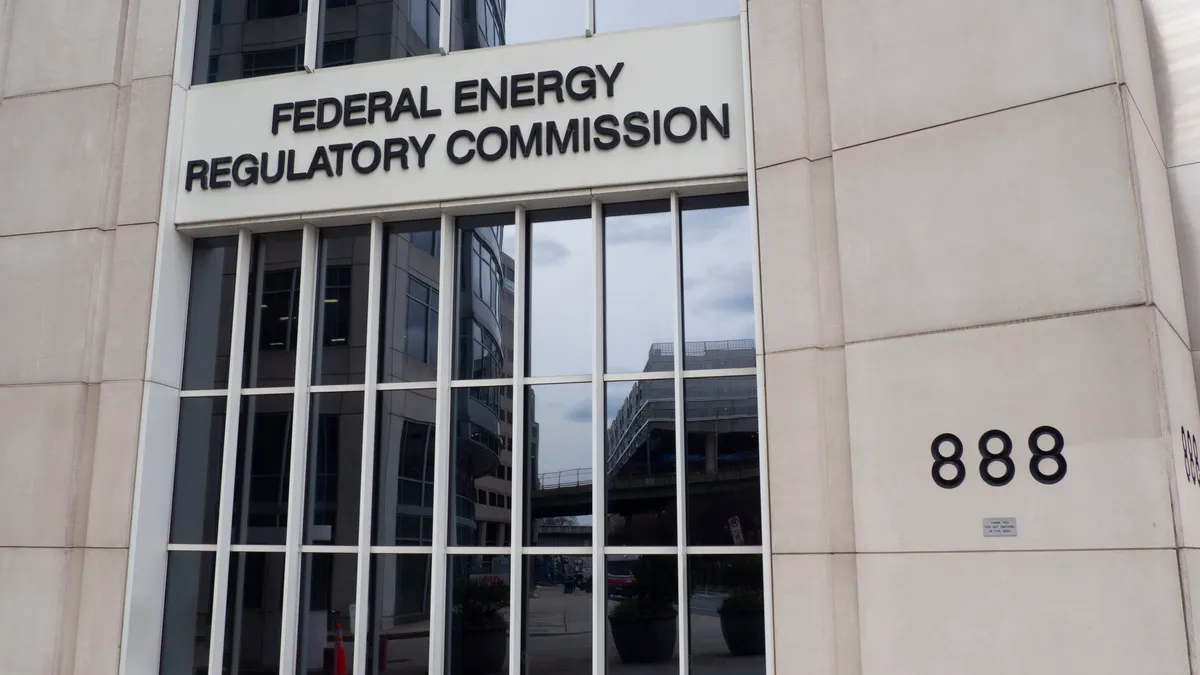The following is a guest post from Raymond L. Gifford and Matthew S. Larson, partners at Wilkinson Barker Knauer, an energy law firm.
States continue the stampede to "around market" solutions designed to forestall the exit of baseload power plants from organized electricity markets. Building on successes in Illinois and New York, utilities are asking regulators and legislators in Connecticut, New Jersey, Ohio and Pennsylvania to rescue ailing baseload power plants.
In response, the Federal Energy Regulatory Commission has taken a step forward – as proactive a step as possible in the absence of a quorum – by scheduling a technical conference on May 1-2 to address the impact of state "around market" mechanisms on organized electricity markets in the eastern United States.
The problem, as recognized by PJM Market Monitor Joe Bowring, is that subsidies are contagious. Once subsidies begin, either everyone has to join in or risk being left out. Moreover, unless the central planning qualities of an RTO/ISO are inherently superior to that of dis-unified states, it is not clear that an "in" market subsidy is necessarily to be preferred to an "around" market subsidy. At the end of this subsidy chain, of course, is the consumer, who pays regardless of the subsidy source.
FERC Acting Chairman LaFleur has noted that there are three ways the baseload power exit phenomena may resolve itself: First, through a negotiated or planned solution on a region-by-region, e.g., market-by-market, basis; Second, through litigation, already underway in federal courts in Illinois and New York; or third, through some sort of re-regulation, either full-blown vertical reintegration or returning the resource adequacy responsibility to the states in the form of bundled markets like the Southwest Power Pool.
LaFleur has expressed her clear preference for the first option at both a recent Department of Energy Electricity Advisory Committee meeting and a Federalist Society event held April 18 in Washington, D.C.
LaFleur’s preference is understandable. The second option leaves the future of markets in the hands of the courts. The third option represents a complete or at least a significant retreat from unbundled organized electricity markets by restoring rate-based assets and long-term PPAs as the order of the day, returning long-term power supply from the “market” back to states and load-serving entities (LSEs).
Despite LaFleur’s admirable hope, here is an opening question for next week’s technical conference: Are the regional, negotiated solutions really any different than the "around market" solutions crafted by the states?
Take the proposal from the PJM Market Monitor to expand the minimum offer price rule (MOPR) in PJM to cover existing units as well as new units. The basis for demanding a solution in PJM is sound. As the Market Monitor notes, “[c]ompetition in the markets could be replaced by competition to receive subsidies.” Indeed.
Expanding the MOPR, however, is an ‘in market’ solution aimed at preserving the PJM capacity market in its current form and avoid it becoming a voluntary residual market. In the view of the Market Monitor, “[t]he PJM capacity market and PJM markets overall cannot function as markets if the capacity market is a residual market.”
So at a macro level, the MOPR is a construct within the market designed to achieve a specific outcome — retaining baseload power in the market. The MOPR is then a paradoxical intervention in the market to ‘save’ the market. Likewise, the state-sponsored "around market" solutions in New York and Illinois compelling zero emission credit (ZEC) purchases have the patina of a market-like construct – the purchase of a state-created and mandated credit to sustain baseload power.
Both the "in market" MOPR and "around market" ZECs share the same telos: to correct the market’s perceived failure in retaining diverse, baseload generation. Neither is an emergent market phenomenon. Both are a central planning mechanism. The debate thus should not be cast as a choice between deregulated market ‘solutions’ versus command-and-control decisions, but rather as central planning, simply with decisions from different entities.
Any solution involving the MOPR should be colored by the words former Commissioner Norman Bay proffered in his concurrence on his last day in office, which is as close we get in the regulatory world to a true "mic drop." The concurrence arose in the ISO-NE capacity market context but its principles apply beyond those borders.
Calling the MOPR “unsound in principle and unworkable in practice” and a “significant intervention in the market,” Bay observed that “[n]o other market in the United States is subject to the same construct in which a federal agency reviews state action and imposes an administrative price floor on supply offers from certain resources that have received state support.”
As FERC embarks on its technical conference and any subsequent processes to analyze what can be done to address the continuing loss of baseload power, it should retain and deploy former Commissioner Bay’s critical eye towards any ‘in market’ solutions such as an expansion of the MOPR.
The preference for Chairman LaFleur’s first option is understood, noted, and likely widespread within the organizations administering the markets. But FERC would also be wise to take a hard look at any and all ‘in market’ — or negotiated or planned or regional – solutions and evaluate whether such interventions in the market are what is needed or whether there are broader market design issues in certain types of organized electricity market structures that cannot be solved, be it through an "around market," "in market," or any other solution with any another moniker.
This investigation into the ongoing exit of baseload power is, to our mind, the most important energy policy issue facing this country today. And if investigated in a clear-eyed way, it may be that “markets” only work with planned utilities where the responsibility for long-term power supplies are left in the hands of the states and LSEs, not with the “market.”






















